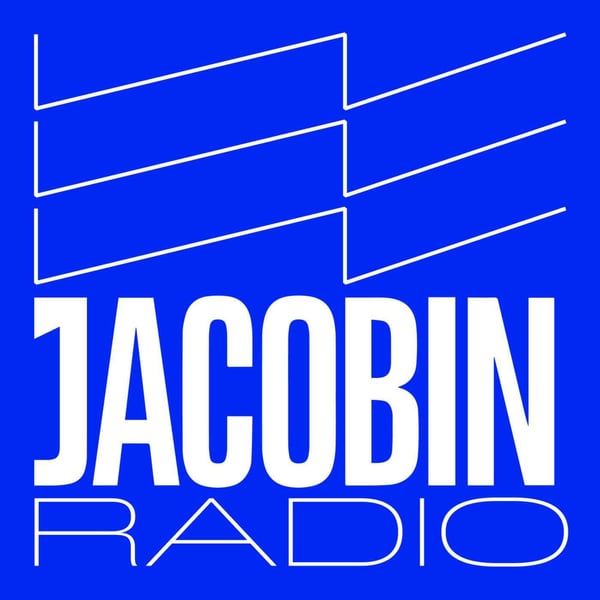The Dig: Jeff Sessions's Brutal Legacy
Jacobin Radio
Jacobin
4.7 • 1.5K Ratings
🗓️ 25 November 2018
⏱️ 35 minutes
🧾️ Download transcript
Summary
Guns in general, and American gun culture in particular, have created a horrific bloodbath. But much of the liberal gun control movement has, in concert with the NRA and Republican right, worked to make the war on guns a central facet of mass incarceration. The upshot is that we have the worst of both worlds: a society flooded with guns, where the paradigmatic white "good guy with a gun" treasures his weapons as a bedrock constitutional right even as the supposed "bad guys with a gun," often black men with a felony record, are mercilessly prosecuted for carrying. Dan talks to reporter George Joseph, who has a new piece up at Slate on former Attorney General Jeff Sessions's war on guns, which has led to a sharp increase in federal gun prosecutions — often hitting ordinary black men with felony records who are simply carrying for their own protection.
Thanks to University of California Press. Check out their excellent catalog of books at ucpress.edu.
Support this podcast with your money at Patreon.com/TheDig!
Hosted on Acast. See acast.com/privacy for more information.
Transcript
Click on a timestamp to play from that location
| 0:00.0 | This episode of the Dig is brought to you by our supporters on Patreon and by University of California press |
| 0:07.0 | which has loads of great titles perfect for dig listeners like you |
| 0:12.4 | One that you might like is how to read a protest, the art |
| 0:16.0 | of organizing and resistance by L.A. Kaufman. When millions of people took to the streets |
| 0:22.4 | for the 2017 women's marches, |
| 0:25.0 | there was an unmistakable air of uprising, a sense that these marches were launching a powerful new movement to resist a dangerous presidency. |
| 0:34.0 | But the work that protests do often can't be seen in the moment. |
| 0:38.0 | It feels empowering to march, and record numbers of Americans have joined anti-Trump demonstrations. |
| 0:45.0 | But when and why does marching matter? |
| 0:49.0 | What exactly do protests do and how do they help movements win? |
| 0:55.0 | In this original and richly illuminated account, |
| 0:59.0 | organizer and journalist L.A. Kaufman delves into the history of America's major demonstrations, |
| 1:05.0 | beginning with the legendary 1963 March on Washington, |
| 1:09.0 | to reveal the way that protests work and how their character has shifted over time. |
| 1:15.0 | Using the signs that demonstrators carry as clues to how protests are organized, |
| 1:20.0 | Kaufman explores the nuanced relationship between the way movements are made and the impact that they have. |
| 1:27.0 | How to read a protest sheds new light on the catalytic power of collective action and the decentralized bottom-up |
| 1:35.9 | women-led model for organizing that has transformed what movements look like and |
| 1:41.2 | what they can accomplish. |
| 1:43.0 | How to read a protest, |
| 1:45.0 | the art of organizing and resistance by L.A. Kaufman, |
| 1:49.0 | out now from University of California Press. Welcome to the Dig, a podcast from Jacobin magazine. My name is Daniel Denver and I'm |
... |
Please login to see the full transcript.
Disclaimer: The podcast and artwork embedded on this page are from Jacobin, and are the property of its owner and not affiliated with or endorsed by Tapesearch.
Generated transcripts are the property of Jacobin and are distributed freely under the Fair Use doctrine. Transcripts generated by Tapesearch are not guaranteed to be accurate.
Copyright © Tapesearch 2025.

